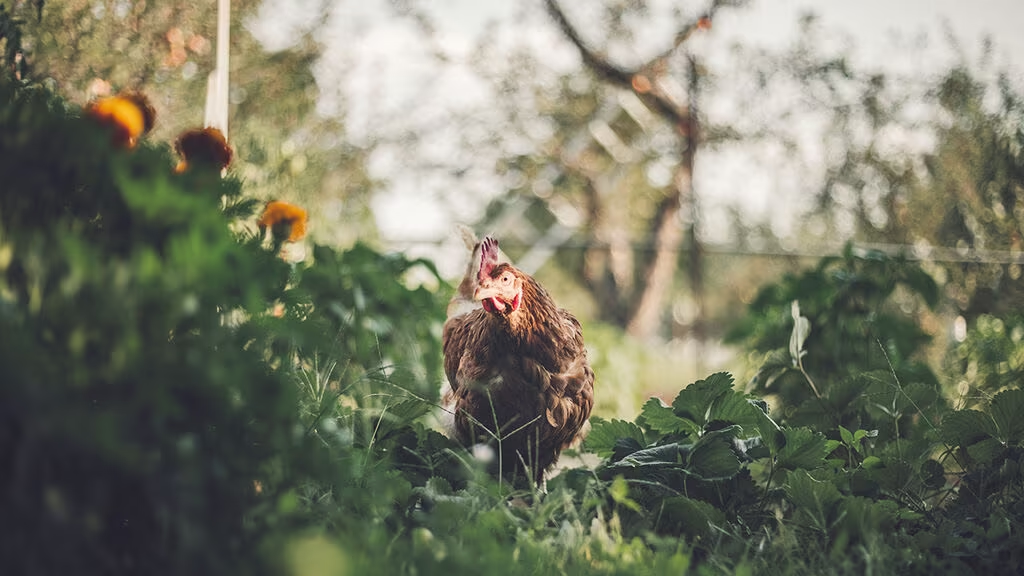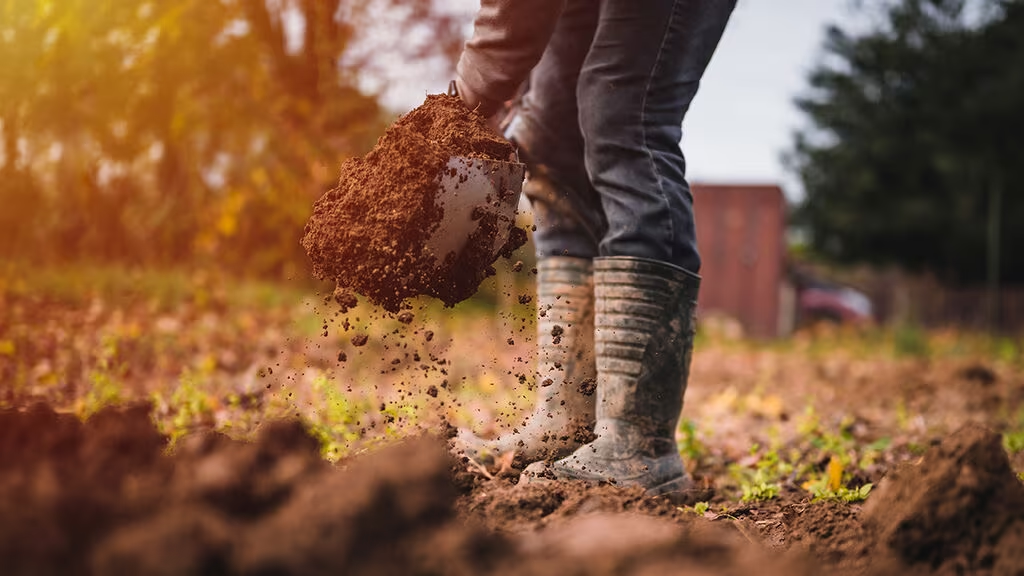Drainage and airy soil - with clay pebbles
Soil and fertilizer
How do you create a good environment for your potted plants in terms of soil density and drainage? An easy way to prevent the soil from becoming too compact and wet is to use expanded clay pellets. The clay pellets also provide stability to the soil and can be used for both practical and decorative purposes. Learn more about how you can use expanded clay pellets at home!

Topics:
Soil and fertilizer









